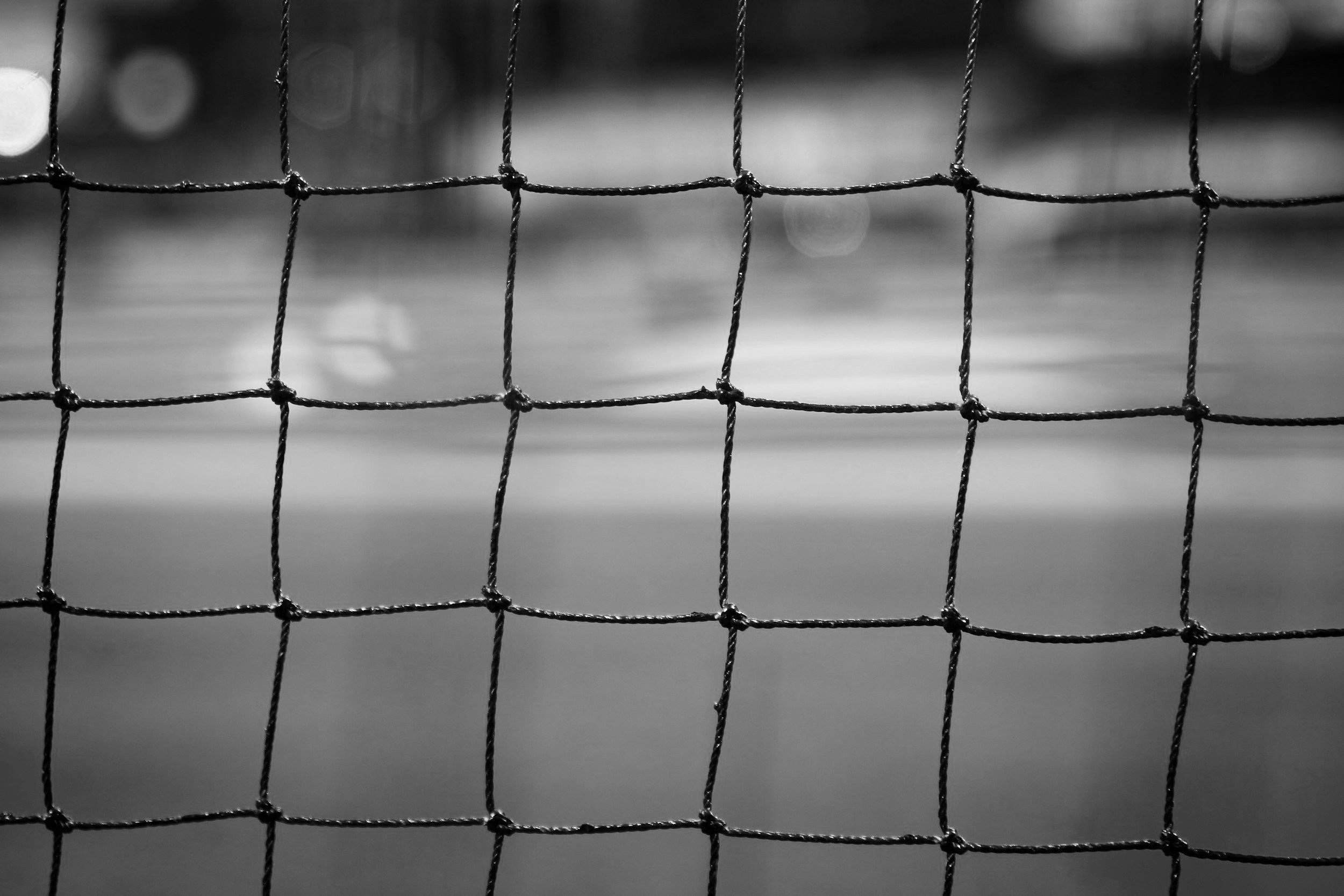
ATHLETES
Sports have an incredible influence on culture around the world.
You can be a leader in your school community and a role model to others. Athletes hold social capital– they are social influencers. And sexual assault and dating abuse are serious social issues.
School sports can be the place where people come together, team members lift each other up, and good sportsmanship is fostered.

“I feel like a better person.”
—Participant in Athletes as Leaders

Athletes As Leaders
Athletes As Leaders is a gender-inclusive program for high school athletes. The program aims to empower student athletes to take an active role in promoting healthy relationships and ending sexual violence. Athletes As Leaders is based on research and best practices in the field of sexual assault prevention. Athletes are encouraged to be leaders in changing peer norms and school climate to a culture of safety and respect. The program is designed to be used in conjunction with programs with intentional efforts to engage men and boys, and athletes on boys’ sports teams.

Expereince & Data Driven
Athletes As Leaders was developed right here in Seattle at Garfield High School by Rebecca Milliman, MSW, in her leadership role managing the prevention initiative at Garfield High School. Originally named Student Leaders and Athletic Youth (SLAY), the pilot program inspired a true campus-wide sexual violence prevention effort. Moving into a National effort, it was renamed Athletes As Leaders. The program aims to empower student athletes to take an active role in promoting healthy relationships and ending sexual violence. Athletes As Leaders is based on research and best practices in the field of sexual assault prevention. Athletes are encouraged to be leaders in changing peer norms and school climate to a culture of safety and respect.
During the 2017-18 school year, high school sports teams across the nation were recruited to participate in an evaluation of the program conducted by researchers at the University of Pittsburgh. Participating athletes completed pre and post-program surveys, which were analyzed for changes in attitudes and beliefs. Survey responses show statistically significant changes across three protective factors to sexual violence: improved ability to identify abusive behaviors, improved belief in gender equity and increased self-image and confidence.









